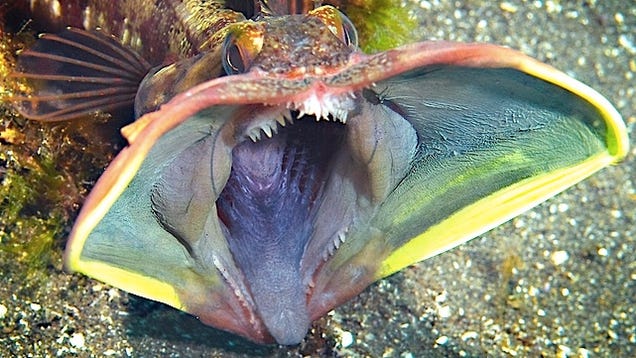The story is about a girl named Teresa, the fictitious daughter of the real conquistador Alvar Nunez Cabeza de Vaca. While the story is fiction, Russell's writing makes this scenario almost impossible not to believe. Of course, a conquistador stranded for years in North America had a child with a native woman...
In 1527, Cabeza de Vaca sailed from Spain on a royal expedition to the New World.
After their fleet was battered by a hurricane off the shore of Cuba, the expedition secured a new boat and departed for Florida. They landed in March 1528 near what is now Tampa Bay, which the expedition leader, Panfilo de Narvaez, claimed as the lawful possession of the Spanish empire. (From PBS.org)Narvaez' decision to divide his expedition into two parts was a big mistake. Of the 300 men who disembarked in Tampa Bay, only Cabeza de Vaca and 3 other men survived.
Those three - Alonso del Castillo, Andres Dorantes, a Moor named Esteban - are also characters in Teresa of the New World.
One of the things I really enjoy about this book is that it makes me want to learn more. It makes me want to look up information. It makes me curious. I love a book that does that.
And while this book is heavily researched, as are all of Russell's books, this book isn't strictly historical fiction. On the second page, Russell writes:
"The earth said, I will tell you about a girl with long black hair who could swim through rivers of stone. She moved through stone as wind moves through the branches of a tree. Once she followed a vein of fire to a lake of fire, and she swam there smiling at all the bright fish..."This book is a combination of hist-fic and magical realism. Teresa can talk to animals, she can enter their thoughts, see through their eyes. And she can swim through stone...
"It was hard to keep track of time. Teresa swam through white granite with flashing crystals: quartz, mica, feldspar. Sometimes the air was tinged pink, and sometimes it darkened to light gray, but she could always see far enough ahead to feel comfortable, as though she were swimming through the water of a mostly clear pond... Nothing, really, was in her way" (Russell 155).She's able to connect with both the living and nonliving factors in the environment.
Cabeza de Vaca, Alonso, Dorantes, and Esteban traveled west...
...in hopes of reaching the Spanish Empire's outpost in Mexico, becoming the first men of the Old World to enter the American West. Their precise route is not clear, but they apparently traveled across present-day Texas, perhaps into New Mexico and Arizona and through Mexico's northern provinces. (From PBS.org)In Teresa of the New World, Cabeza de Vaca takes Teresa (who, at the beginning of the book, is only four years old) with him.
In 1536, Cabeza de Vaca finally makes it to Mexico City, the Spanish Empire's outpost. He leaves Teresa there, where she becomes a servant in the governor's house, and goes back to Spain. He can't take her. She's illegitimate, and she looks more Indian than Spaniard. As is the custom in her tribe, her head has been made flat, and she has facial tattoos. (For more information on the practice of cranial deformation, click here.)
At sixteen, Teresa is shown a book that her father wrote about his travels in North America (La Relacion, published in 1542). The book contains no details about Teresa, as if she doesn't exist. Her father has left her behind forever.
At the same time, a series of epidemics (smallpox, plague, etc.) is moving through Mexico. Russell's descriptions of the effects of these diseases are intense. (This book is aimed at readers 12 years old and up.)
With everyone around her dead, Teresa goes off in search of a wise woman she once met, and on the journey, she meets a Spanish warhorse and a shape-shifting Mayan boy/jaguar. She goes off in search of her place in a new world.
As I said earlier, I love books that make me curious to learn more and this book did just that.
I was provided with a free copy of this book in exchange for my honest review. This post does not contain affiliate links.









































































